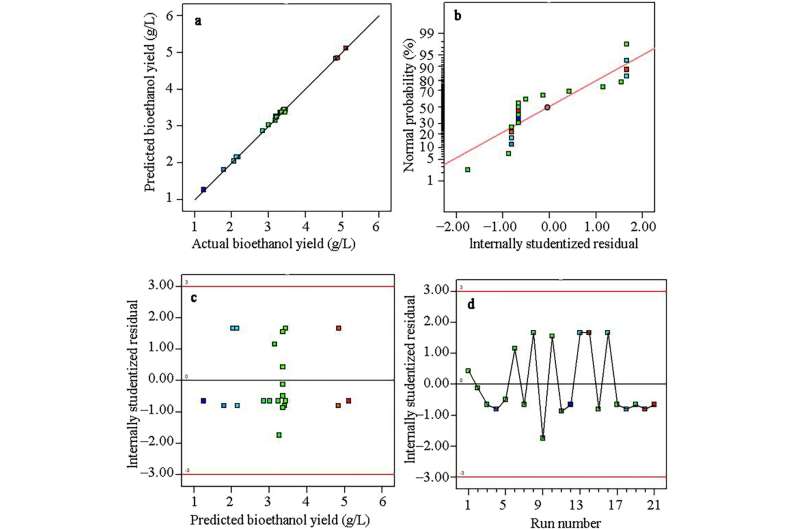Exploring innovative solutions for renewable energy, a group of researchers has delved into an unexpected source – the versatile breadfruit. Recently published in the Journal of Bioresources and Bioproducts, a study has illuminated the process of transforming Artocarpus altilis fruit into bioethanol, a green fuel option. The focus of the research was on refining fermentation techniques to optimize the conversion of breadfruit starch into bioethanol using Saccharomyces cerevisiae, a type of yeast.
The study underscores the challenges in commercial bioethanol production, emphasizing the necessity for abundant, cost-effective, and easily accessible starch sources. By identifying and utilizing overlooked starch sources, the researchers turned to breadfruit, a plentiful and underutilized resource in many areas.
The methodology involved extracting breadfruit starch and subjecting it to microwave-assisted acid hydrolysis. The resulting hydrolysate, rich in fermentable sugars, became the foundation for the yeast fermentation process. Through meticulous optimization of fermentation conditions such as time, substrate concentration, pH, and inoculum size, the researchers aimed to maximize bioethanol production.
Findings from the study revealed that optimal conditions, including a starch concentration of 122 g/L, microwave output of 720 W, and an incubation time of 6 minutes, led to a breadfruit starch hydrolysate (BSH) concentration of 108.9 g/L. The fermentation of BSH achieved a peak bioethanol production of 4.99% (v/v) with a BSH concentration of 80 g/L, medium pH of 4.7, inoculum size of 2% (v/v), and fermentation time of 20.41 hours.
The study concluded that breadfruit starch could be efficiently hydrolyzed using acid hydrolysis and microwave irradiation in a short timeframe, positioning it as a promising candidate for bioethanol production. This research not only provides a sustainable energy solution but also opens doors for the utilization of overlooked agricultural resources.
2024-05-10 19:51:02
Link from phys.org





















